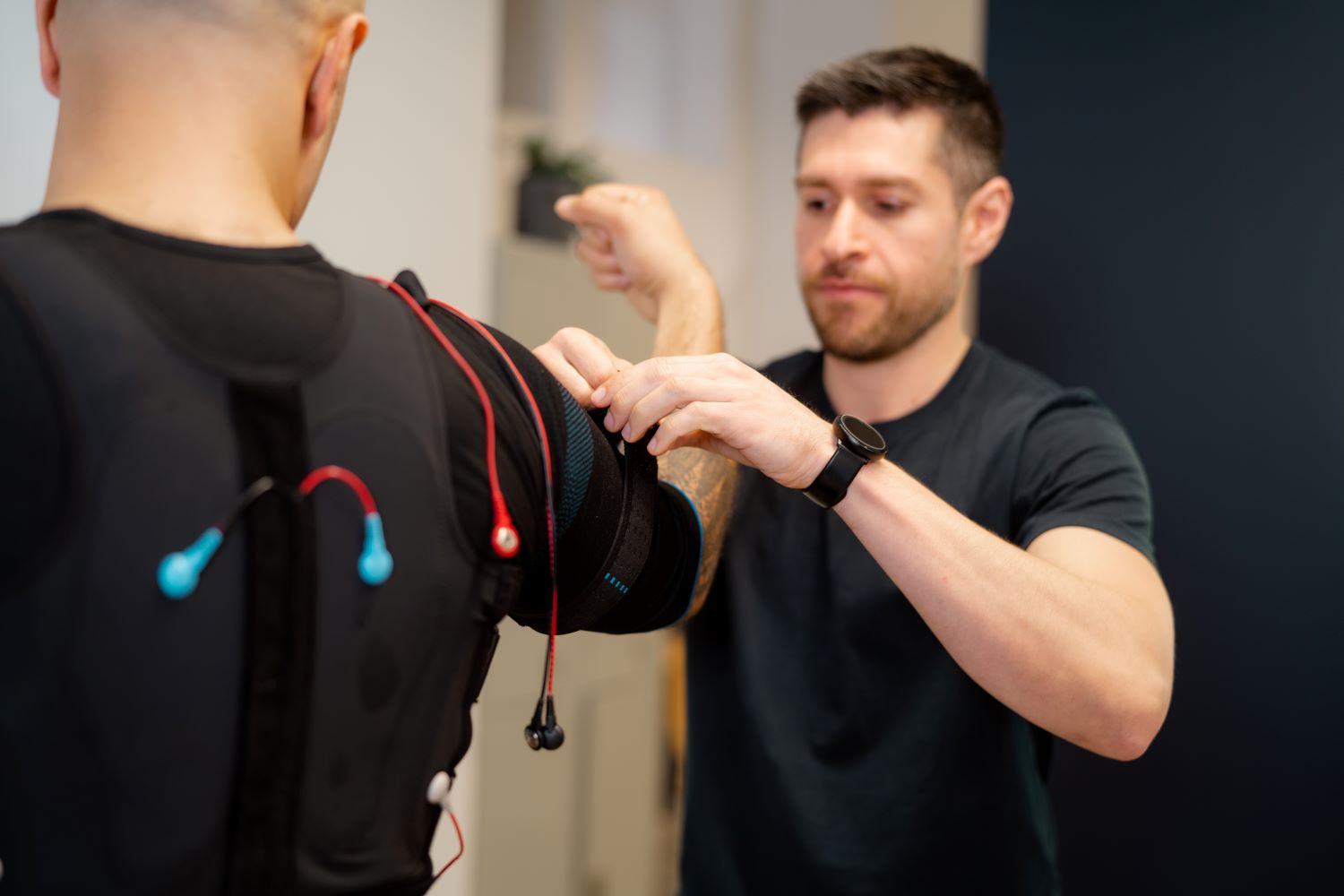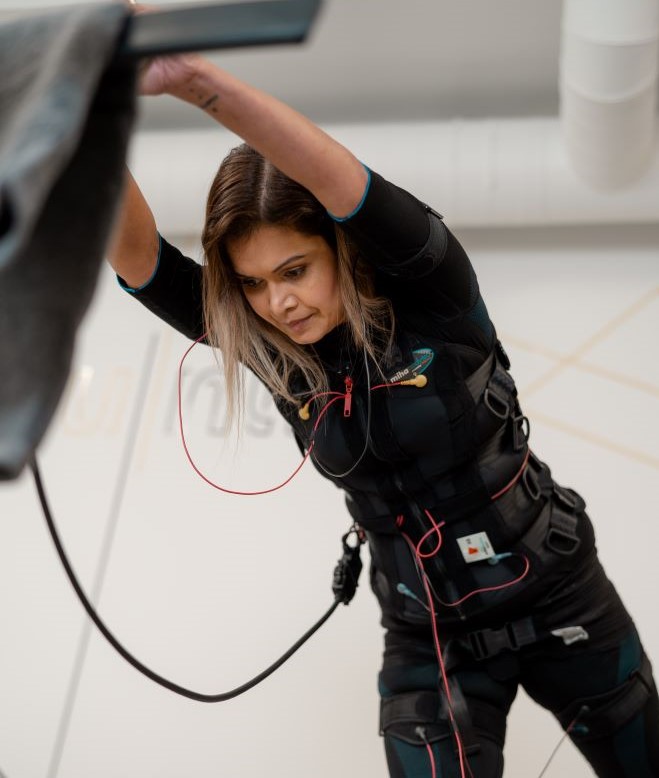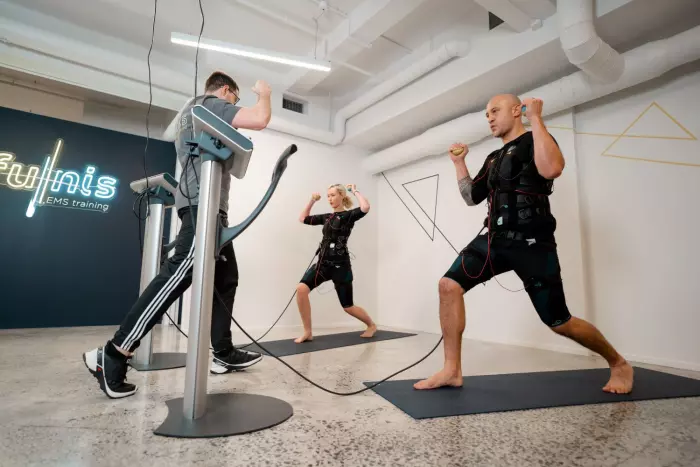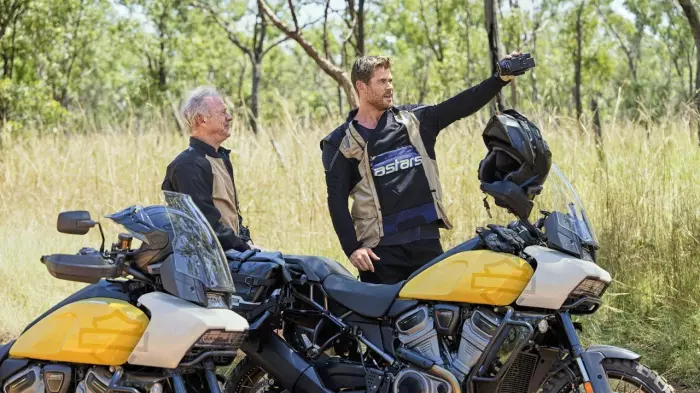Fitness trends come and go, but one that has stood the test of modern times is a trend you may not have heard of. Electrical muscle stimulation (EMS) has taken the fitness world by storm, but as with a lot of things, New Zealand is a little slow on the uptake. Endorsed by A-listers such as Rafael Nadal, Usain Bolt and Cristiano Ronaldo, and having gained more than a million hashtags like #emsrevolution and #emslife on Instagram, it's worth considering as an addition to your exercise routine. But what exactly is it?
EMS has been used since the 1970s as a physiotherapy and pain-relief method. In EMS training, the exerciser wears a vest and straps around the arms and legs that conduct electrical signals from a machine to major muscles. The low-frequency signals mimic the central nervous system, telling the muscle to contract, but at a higher rate to target deeper muscle fibres, and to hit oft-neglected auxiliary muscles. While you perform low-intensity exercises such as squats or lunges, the machine sends the electrical buzz through your body as the trainer incrementally increases the resistance.

Only 20 minutes of EMS training twice per week is enough to see results, says Catrina Kuehler, managing director of Fu/nis, the first EMS studio in New Zealand and the only one in the North Island. “Moderation is better than excessive workouts,” she says, which will be music to the ears of many. An EMS session engages the muscles more efficiently than a standard workout, so 20 minutes equates to a full hour at the gym.
Kuehler’s home country of Germany is a market leader in EMS, where it’s been popular for at least 10 years. In 2019, Hamburg alone had 60 EMS studios. Popularity across Western Europe and in South America has also soared, with customers using the training for cosmetic purposes to tone beach-worthy muscles and reduce cellulite.
Fu/nis recently moved into their renovated studio in the General Building on O’Connell St in the Auckland CBD, and of course BusinessDesk had to try it. Our publisher, Matt Martel, was so impressed he immediately signed up for a year. “I like the efficiency of it – the time and the intensity. Being busy and pressed for time, you feel like you’ve had a decent workout in just a lunch break,” he says.

This reviewer took a bit more convincing, however. I couldn’t get past the pins and needles – which I didn’t like. The sensation of tingling nerves and reverberation through my bones was uncomfortable and took some getting used to as the intensity increased. A bit of warning about the requirement to wear the world’s tiniest underwear wouldn’t have gone amiss, either, especially as I put them on backwards the first time. Note to self: leave modesty at the door. On the plus side though, I had serious DOMS (delayed onset muscle soreness) for days after each workout. No pain, no gain, right?
Like any workout, EMS is not for everyone, but it’s evident why so many enjoy it – and that’s the most important thing about exercise, says Kuehler. If you’re going to work out, make it gratifying and something you can stick with long after the trends have left Insta. Whatever your tolerance, there is no denying that EMS is a buzz.














